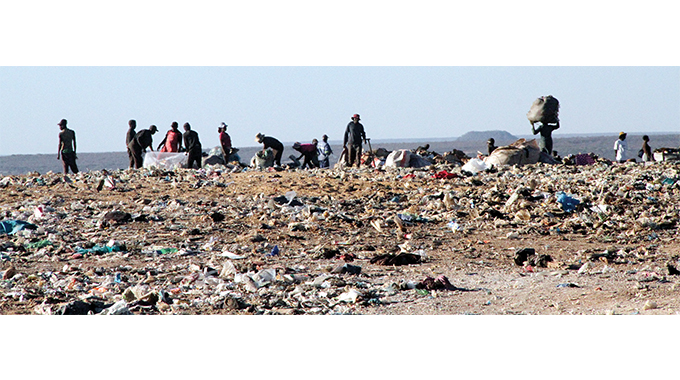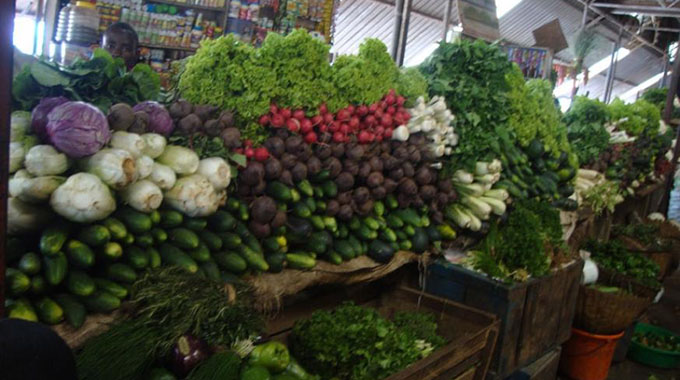Zim reports 290% surge in food crop output in 2024/25 season; horticulture stutters
HARARE — Zimbabwe’s agriculture sector has experienced a remarkable rebound during the 2024/25 season, according to the second round of the Crops, Livestock, and Fisheries Assessment (CLAFA-2) report. The country’s total food crop production surged by an impressive 290%, reaching approximately 3,292,172 metric tons (MT), up from 843,761 MT recorded in the same period last season.
The surge is primarily driven by a substantial increase in staple crop yields, with maize production soaring to about 2,293,556 MT from 634,699 MT—a more than threefold increase. Sorghum and pearl millet also saw significant gains, with sorghum production rising from 82,063 MT to 436,784 MT, and pearl millet from 23,439 MT to 188,261 MT. This resurgence highlights the resilience of Zimbabwe’s farmers and the effectiveness of recent agricultural interventions, reflecting a positive outlook for food security across the nation.
Minister of Lands, Agriculture, Fisheries, Water and Rural Development, Anxious Masuka, attributed the impressive figures to improved agro-ecological conditions, targeted use of inputs, and enhanced mechanization efforts. “This season demonstrates the resilience of our farmers and the effectiveness of government support in boosting productivity,” Masuka stated.
Despite these positive national figures, localized vulnerabilities persist, with certain urban centers such as Gweru, Hwange, and Beitbridge, along with ten other districts, identified as still requiring food assistance into October 2025, highlighting ongoing access and distribution challenges.
However, the report also noted challenges within the horticulture sector, which experienced a 27% decrease in annual crop production. This decline is largely attributed to the El Niño-induced drought that hampered growth during the season. Irish potato production dropped by 27% to 391,315 MT, onion production decreased by 24% to 234,525 MT, and avocado production fell by 12% to 109,800 MT.
Despite this setback, perennial horticultural crops such as pecan nuts saw marginal growth, increasing by 1.3% to 1,108 MT.
Agriculture experts warn that the lingering effects of climate variability require continued adaptation and resilience strategies to maintain steady growth. “While the overall food output has shown resilience, the horticulture sector’s decline underscores the need for better water management and drought-resistant crop varieties,” explained Dr. Tendai Moyo, an agricultural economist.
The CLAFA-2 report underscores a season of both recovery and ongoing challenges. While Zimbabwe’s staple food production is on an upward trajectory, the sector must grapple with climate risks that threaten the growth of horticultural exports and domestic consumption. Continued investment in climate-smart agriculture and infrastructure will be vital to sustain this momentum and secure Zimbabwe’s food future.
In the non-food crops sector, projections include a 15% increase in tobacco, a 52% rise in cotton, and a substantial 303% increase in sunflower production, indicating positive growth prospects.
The livestock sector showed moderate increases; the beef production reached 94,623 MT in 2024, slightly higher than 90,000 MT in 2023, with the cattle herd’s composition mainly comprising breeding animals (63%) and a cattle off-take rate of 10.5%. Poultry products experienced minor declines, with broiler meat decreasing by 1.9% and egg production experiencing a slight reduction after reaching peak levels in 2023.-finx










